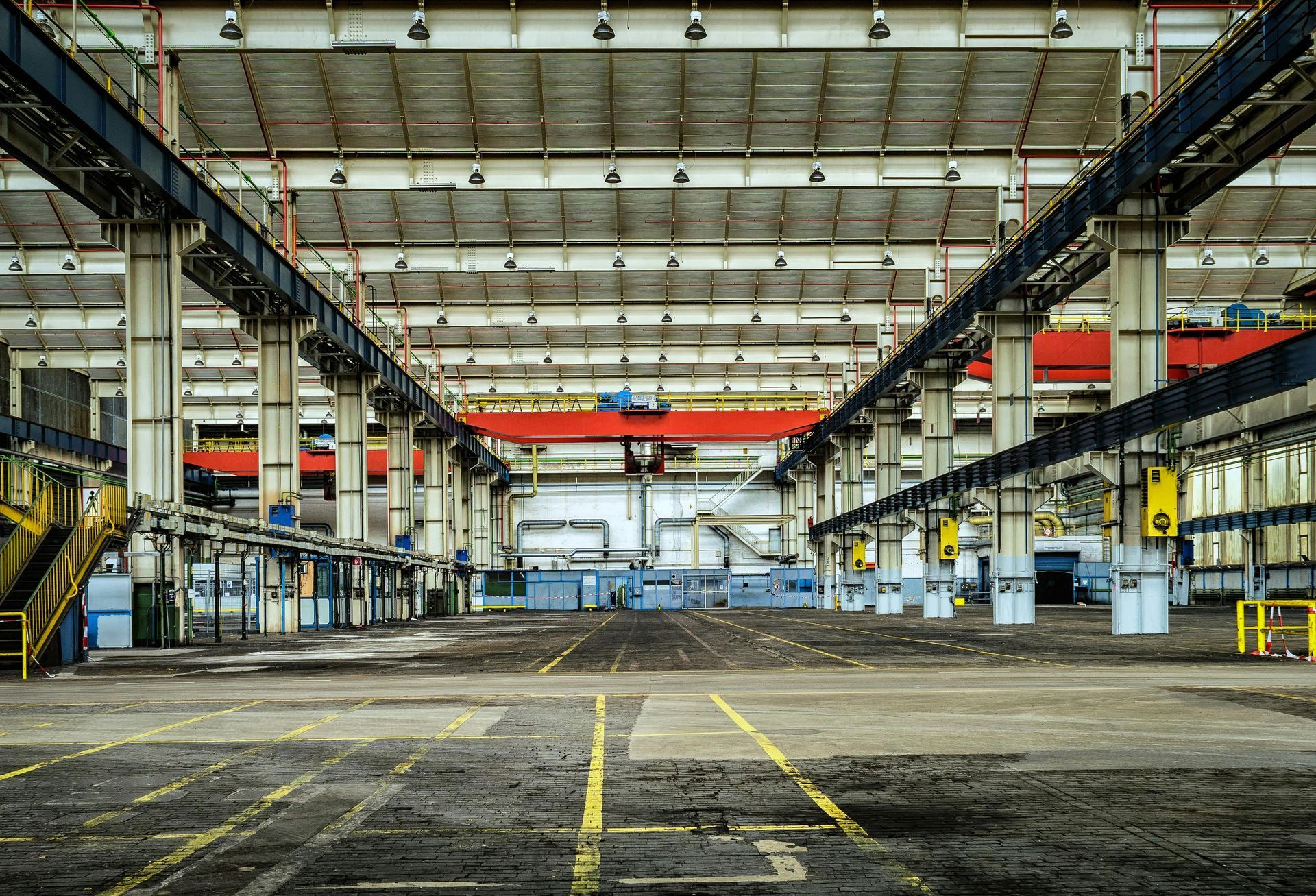Dont Count Out Office
This is a subtitle for your new post

Don’t Count Out Office: Why RTO Is Rising and Work-from-Home Is Losing Ground
For the past few years, the commercial real estate industry has been inundated with doom-and-gloom narratives about the future of the office. Remote work, once considered a temporary pandemic solution, seemed to become a permanent fixture. But the tides are shifting in 2025. The return-to-office (RTO) movement is gaining momentum, and investors and property owners would be wise to pay attention.
While work-from-home (WFH) isn’t going away entirely, it is evolving — and in many cases, retreating. Companies are finding that physical office space still plays a vital role in productivity, collaboration, culture, and long-term strategy. For investors who have written off office assets, it's time to take another look.
RTO Momentum: What’s Driving the Comeback
Major companies across industries are rethinking their flexible work policies. Prominent CEOs are speaking openly about the downsides of prolonged remote work. Leaders cite declining innovation, lack of team cohesion, and the difficulty of onboarding and mentoring new employees in a fully remote environment. In response, mandates are being implemented. In 2025, a growing list of companies require at least three in-office days per week.
This shift is not driven by nostalgia; it's grounded in performance metrics and organizational health. Even some of the most vocal WFH advocates are acknowledging the limitations of permanent remote setups. The pendulum is swinging back.
The Evolving Role of Office Space
Today’s office isn't about rows of cubicles or rigid schedules. It's about collaboration zones, creative spaces, and technology-enabled flexibility. Companies are reimagining the office as a hub — not a place to punch a clock, but a strategic center for connection, problem-solving, and brand building.
Many organizations are adopting hub-and-spoke models, using a central headquarters supported by regional or satellite offices. Office design now emphasizes natural light, wellness rooms, high-speed connectivity, and flexible meeting spaces that support hybrid workflows.
The Work-from-Home Reassessment
While remote work has its place, cracks are showing. Burnout, disengagement, and feelings of isolation are becoming more common among fully remote workers. Younger employees, in particular, are voicing concerns about the lack of mentorship and career development when working from home.
Some studies show productivity has plateaued or declined for certain sectors in remote settings. Managing distributed teams requires different skills, tools, and discipline — and many organizations are struggling to keep up.
What Tenants Are Looking For Now
Rather than abandoning office space, tenants are becoming more selective. The focus is on quality over quantity. Many are reducing their footprint but upgrading their environment. Demand is growing for:
- Class A and well-located properties
- Flexible floor plans to accommodate hot-desking and collaboration
- Amenity-rich buildings with wellness features, dining options, and fitness access
Location is back in the spotlight. Proximity to restaurants, public transit, and vibrant neighborhoods is a plus. Office buildings that offer an "experience" are winning tenants.
Implications for Investors and Landlords
The narrative that "office is dead" has caused some investors to retreat. But this correction has also created opportunity. Class A office assets are outperforming their Class B and C counterparts, and there is strong potential in repositioning or retrofitting older buildings to meet the new demands of tenants.
Landlords who embrace flexible lease terms, invest in upgrades, and think creatively about how their spaces support hybrid work will be best positioned for the rebound. In many markets, office leasing activity is stabilizing and even growing in specific submarkets.
Conclusion: Office Isn’t Dead — It’s Evolving
The future of office isn’t about returning to the past. It’s about embracing change and delivering space that aligns with how businesses actually operate today. Investors who understand this nuance and act accordingly can find value where others only see risk.
Don't count out office. It's not fading — it's adapting, and in many cases, reasserting its importance in the workplace ecosystem. The winners in this market will be those who recognize that evolution is not extinction.



















